Products
Stealth-RO150™ Reverse Osmosis System
-
Perfect for hydroponic gardens requiring up to 150 gallons a day of pure reverse osmosis water.
- Produces up to 150 GPD (gallons per day) of ultra-pure, low PPM water (Flow rates of RO systems are based on source water @ 65 psi/77°/500 ppm)
- Lowers parts per million (ppm) of total dissolved solids (TDS) by up to 98%
- 50% water savings over similar RO filters with your choice of 1:1 or 2:1 ratios
- Membrane Power Flush Kit included
- Replace housings every 3 years
- Replaces HL 31035
- Comes with:
- 8' length, ⅜" white inlet tubing
- 8' length ¼" drain tubing
- 5' length, ¼ product water tubing
- Dimensions (H x W x D): 18.5" x 16" x 6"
- Weight: 10.8 lbs
-
Filters & Replacement Schedules
Sediment Filter- Clean regularly & change annually
- Replace after 1,250 gal (Filter replacement schedules for RO carbon filters based on filtered water)
- Replace after 1,500 gal (Filter replacement schedules for RO carbon filters based on filtered water)
- Replace between 6 months–2 years
- 7,500 ppm Capacity
-
Stealth-RO150 Downloads
Part Number: HGC728801

Q: The system is brand new, why is the flow rate of purified water so slow?
A: The system’s GPD capacity is achieved when you have the following conditions for your source water: 77°F, 500 PPMs, 60 PSI. If your source water is colder than this, or your inlet pressure is lower, or your PPMs are significantly higher, then you will experience less than the rated GPD flow rates. A pressure booster pump for low psi or additional pre-filtration for high PPMs may be required.
Q: Why has the flow rate of purified water slowed down over time?
A: This can be due to multiple factors, such as clogged sediment or carbon pre-filter, clogged or fouled membrane, or changes to source water conditions. The quality of your water, frequency of use, and timeliness of pre-filter changes will determine how long your system performs at peak capacity.
Q: Why have the PPMs of the purified water increased over time?
A: This is typically due to deterioration of the membrane as a result of exposure to chlorine. The purpose of the carbon filter is to remove chlorine from the water. If It isn’t changed on schedule, chlorine will pass through to the membrane and degrade it, causing more water to flow out of the purified line and an increase in PPMs.
Q: Why is the waste line running faster than the purified water line?
A: If you’re using the 2:1 flow restrictor, that means the system will produce 2 parts waste water to one part purified water. If you’re using the 1:1, you should have equal parts waste to purified water under ideal conditions.
Q: Why does the waste line continue to run when the purified water line is closed off?
A: Over time, the automatic shut-off valve (ASOV) can accumulate scale and become clogged, causing it to malfunction. If you experience your waste line continuing to run after the purified water line is closed, clean or replace the ASOV as needed.
Q: Why is the system leaking?
A: This can be due to various reasons, including Teflon tape at threaded fittings, tubing not being pushed in all the way to the quick-connect (QC) fittings, or improperly seated O-rings in pre-filter and membrane housings. It is also important to make sure the ends of the tubing have a clean cut before inserting them into the QC fittings.
Q: Why did the clear pre-filter housing crack?
A: This can be due to freezing conditions, excessive pressure spikes, or long-term exposure to high intensity lighting.
Q: Why is the pH of the purified water higher/lower than the source water?
A: The pH of the purified water depends entirely on source water chemistry. Customers can experience either slightly lower or higher pH due to their source water. This is completely normal for reverse osmosis (RO) technology. Since RO water is almost pure H2O and has no ability to buffer pH, the actual pH reading will not be accurate until you add minerals back.
Q: Why are both the 1:1 and 2:1 flow restrictors included in the box?
A: The flow restrictor determines your waste to purified water ratio. HydroLogic has always provided two options for the waste to purified water ratio, because water conditions vary wildly across the world; one fixed ratio would not work for every water condition.
Q: I have well water, what challenges can I expect?
A: Here are the most common challenges when filtering well water:
- It is typically colder which will decrease your flow rates because cold water flows slower through a reverse osmosis membrane
- Often has higher PPM/TDS levels (hardness) which can decrease the life of a membrane
- Can contain high levels of sediment which can easily clog a carbon or sediment prefilter
- Can have high levels of iron, manganese and hydrogen sulfide (rotten egg smell)
- It occasionally contains iron bacteria which is difficult to remove
- It generally has low water pressure
Q: How do I treat water containing iron?
A: There are different methods of treating iron depending on how much iron is present in the source water. The easiest way to know how much iron you have is to get your water tested from NTL or a reputable testing laboratory. Once you have your water analysis, please contact us with your water report and we can assist you with choosing an appropriate prefiltration method.
Q: How do I know if I have iron in my water?
A: If your carbon or sediment filter appears to be red, maroon, orange or brown in color you may have iron in your water. You may also notice that your sinks and or toilets also have this discoloration. See an example image below of a system that was used to filter water with excessive iron levels.










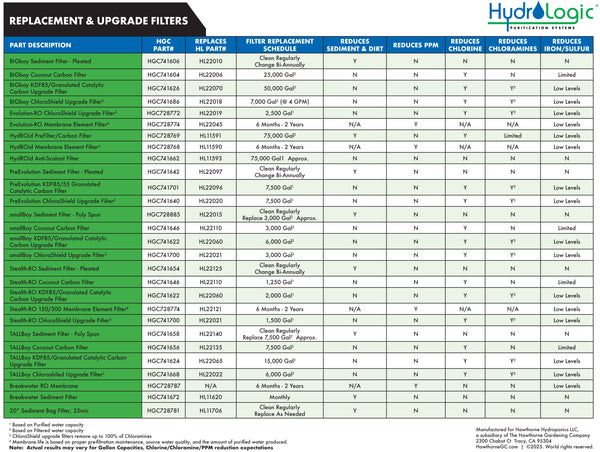
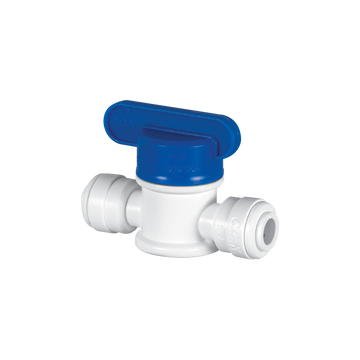
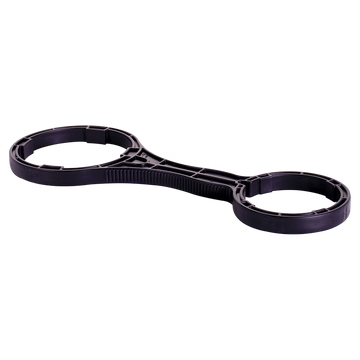
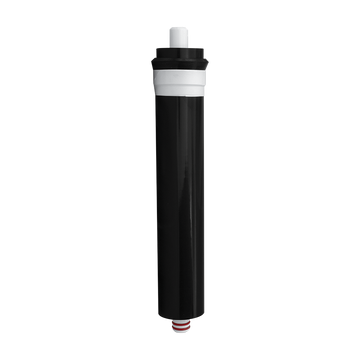
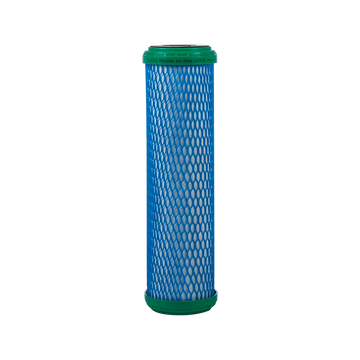
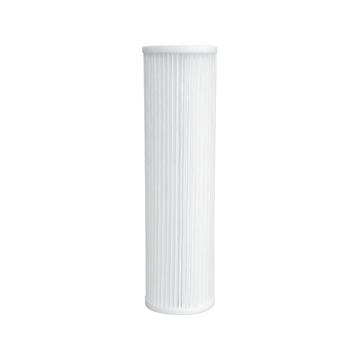
 Dechlorinators by HydroLogic
Dechlorinators by HydroLogic How to Operate Quick Connect (QC) Fittings
How to Operate Quick Connect (QC) Fittings How to Calculate the Flow Rate of Your Reverse Osmosis System
How to Calculate the Flow Rate of Your Reverse Osmosis System KDF85 v. Coconut Carbon Filters
KDF85 v. Coconut Carbon Filters Stealth-RO: How to Troubleshoot
Stealth-RO: How to Troubleshoot Stealth-RO: How to Change the Membrane
Stealth-RO: How to Change the Membrane